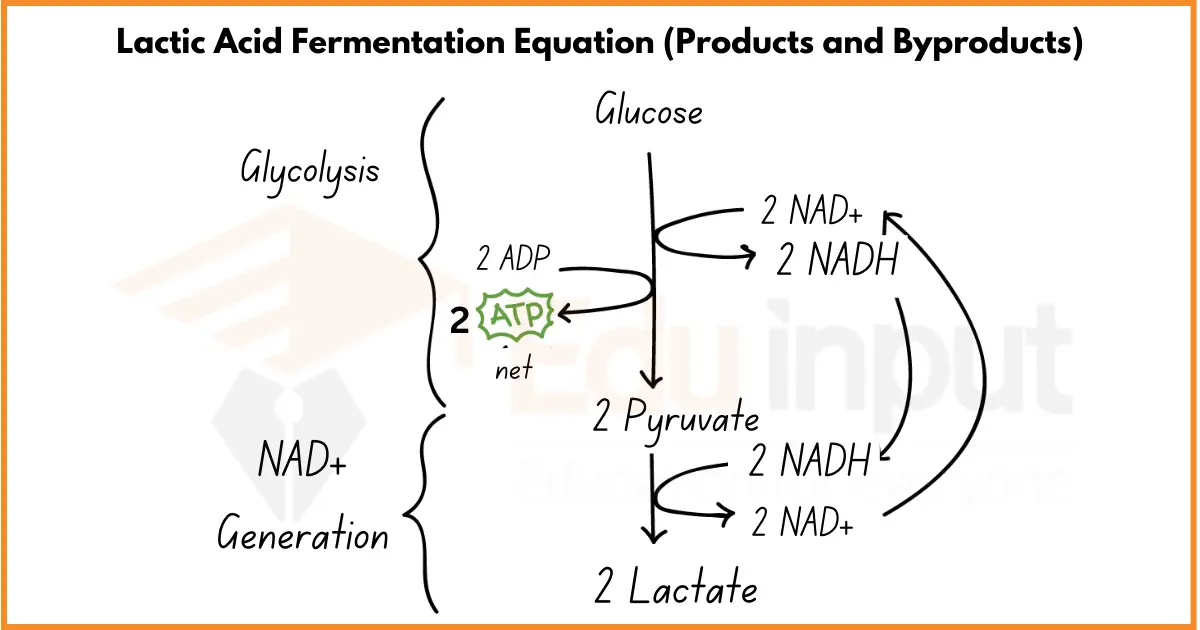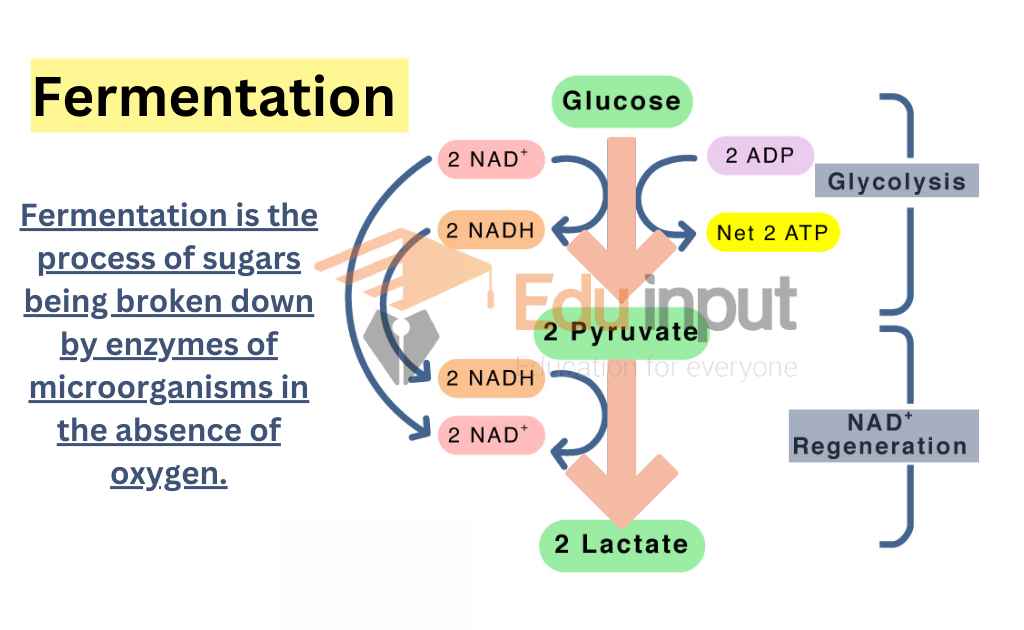What is Bioremediation?-Agents, Types And Techniques
Bioremediation is a method of cleaning up pollutants in the environment using living organisms such as bacteria, fungi, microalgae, and plants. It is one of the most important approaches in the field of Biotechnology. These organisms have the natural ability to break down and remove pollutants from the environment, making them more sustainable and eco-friendly.

It is more effective than traditional chemical cleaning methods. Bioremediation can be an effective and affordable way to reduce the negative impact of industrialization and other human activities.
What is Bioremediation?
Bioremediation is a method of waste management that employs the use of living organisms to clean up or neutralize pollutants from contaminated sites. This technique uses naturally occurring organisms to transform harmful materials into less toxic or non-toxic forms.
Microbes Used In Bioremediation
There are two main groups of microbes used in bioremediation: aerobic and anaerobic.
Aerobic microbes, such as Alcaligens, Achromobacter, Acinetobacter, Alteromonas, Arthrobacter, Burkholderia, Bacillus, Enterobacter, Flavobacterium, and Pseudomonas can degrade complex compounds such as pesticides, hydrocarbons, alkanes, and polyaromatic compounds.
These bacteria use these contaminants as a source of carbon and energy. These microorganisms have degradative capacities to degrade complex compounds and reported to degrade pesticides, hydrocarbons, alkanes, and polyaromatic compounds.
Types of Bioremediation
Different types of bioremediations are used for different types of contaminating agents.
Biopiling
This method involves piling contaminated soil or other materials in an area where microorganisms can be added to break down pollutants.
Bioreactor
This method involves treating contaminated soil or other materials in a controlled environment, such as a bioreactor, where conditions can be optimized for the growth of microorganisms.
Land Farming
The land farming method of bioremediation is a process of treating contaminated soils by spreading them on a flat surface, adding microorganisms to break down pollutants, and allowing for natural biodegradation.
Bioventing
Bioventing is when air is added to the soil to help bacteria grow and clean up pollution.
Bioslurping
Bioslurping is a technique that uses a machine to suck up pollution and clean the soil and water.
Biosparging
Biosparging is similar to bioventing, but it also uses air to clean up pollution in the soil.
Phytoremediation
Phytoremediation is when plants are used to clean up pollution in the soil. Different plants can be used to clean up different types of pollution.
Techniques Used In Bioremediation
There are several different techniques used in bioremediation, that includes:
In-Situ Bioremediation Techniques
In-situ bioremediation refers to the application of bioremediation techniques on the contaminated site itself, without the need for excavation or removal of the contaminated material.
Ex-Situ Bioremediation Techniques
Ex-situ bioremediation refers to the application of bioremediation techniques on contaminated materials that have been removed from the site.
Biostimulation
In this technique, the contaminated soil is mixed with special nutrients and other substances to stimulate the growth of microbes and speed up the removal of contaminants.
Bioaugmentation
In some cases, certain microorganisms are needed to extract contaminants. In these situations, the process of bioaugmentation is used, where microorganisms are added to the contaminated area. However, this method can be difficult to control.
Intrinsic Bioremediation
This method is often used in soil and water environments that have a high probability of being contaminated. It is often used in underground places like underground petroleum tanks, where microorganisms are used to remove toxins and clean the tanks.
Limitations Of Bioremediation
- The effectiveness of bioremediation depends on many environmental factors and can take a long time to clean up a site.
- Bioremediation may not completely remove all pollutants and may even produce more toxic compounds.
- In the agricultural industry, the use of pesticides is a major factor in soil contamination and can be difficult to remediate.
- In industrial settings, certain compounds such as acrylonitrile can be degraded by microorganisms.
- Despite these limitations, bioremediation is a cost-effective and sustainable method for cleaning up pollution.
Latest Research About Bioremediation
- Scientists reviewed 789 soil sampling sites from 76 studies globally and identified diverse sources of soil uranium contamination. They found that soil redox potential, pH, and microorganisms significantly affect U biogeochemical transformation and bioavailability. They proposed critical challenges and directions for improving our knowledge and remediation strategies for U contamination. [1]
- Scientists reviewed the potential of using functional microorganisms to combat prevalent organohalide chemical contaminants in the environment, including PCBs, PBDEs, and PFASs. Bioremediation progress, potent microbes, and emerging computational tools were summarized to optimize system operation, predict the environmental fate of chemicals, and explore functional enzymes. [2]
- Scientists developed a green, sustainable method for removing vanadium from discharged effluents by using microalgae Chlorella sorokiniana SU1 and Picochlorum Oklahomans and utilizing the produced biomass for biofuels. The study found that optimizing pH and temperature can enhance vanadium removal capacity, and FTIR and zeta potential analysis was used to confirm vanadium adsorption and understand the interactions. This method aims to improve the removal efficiency of microalgal treatment at an industrial scale for the bioremediation of vanadium and other inorganic pollutants. [3]






Leave a Reply